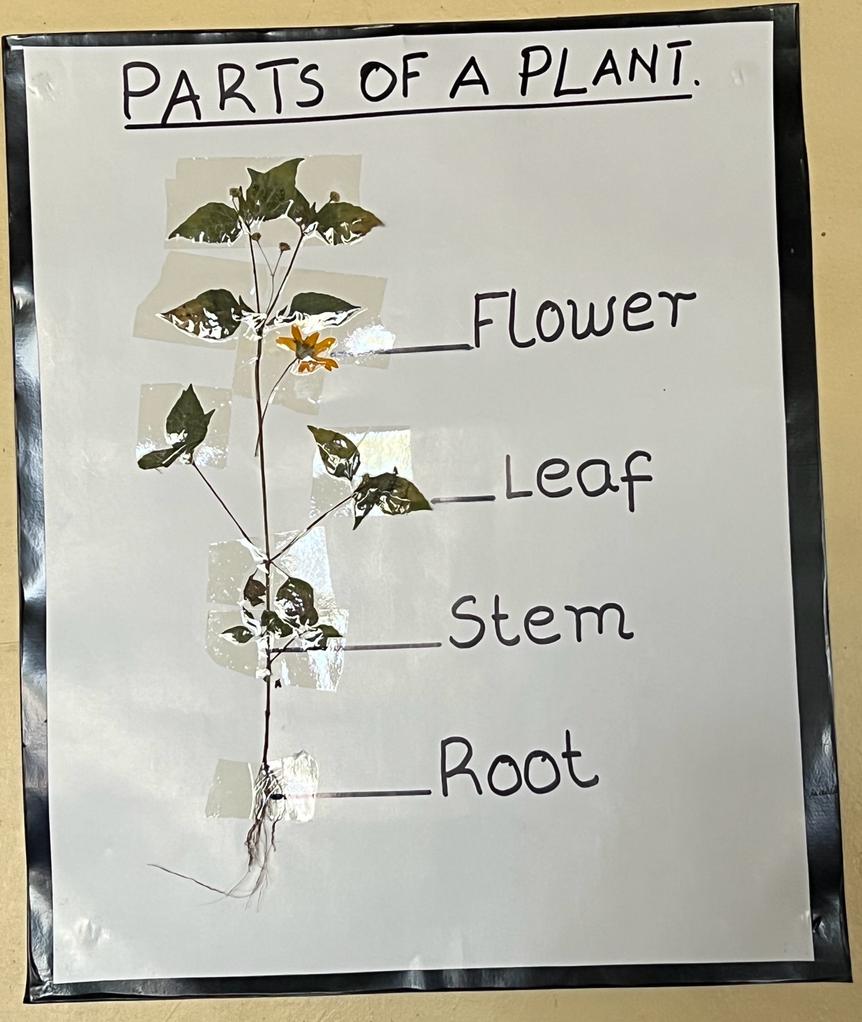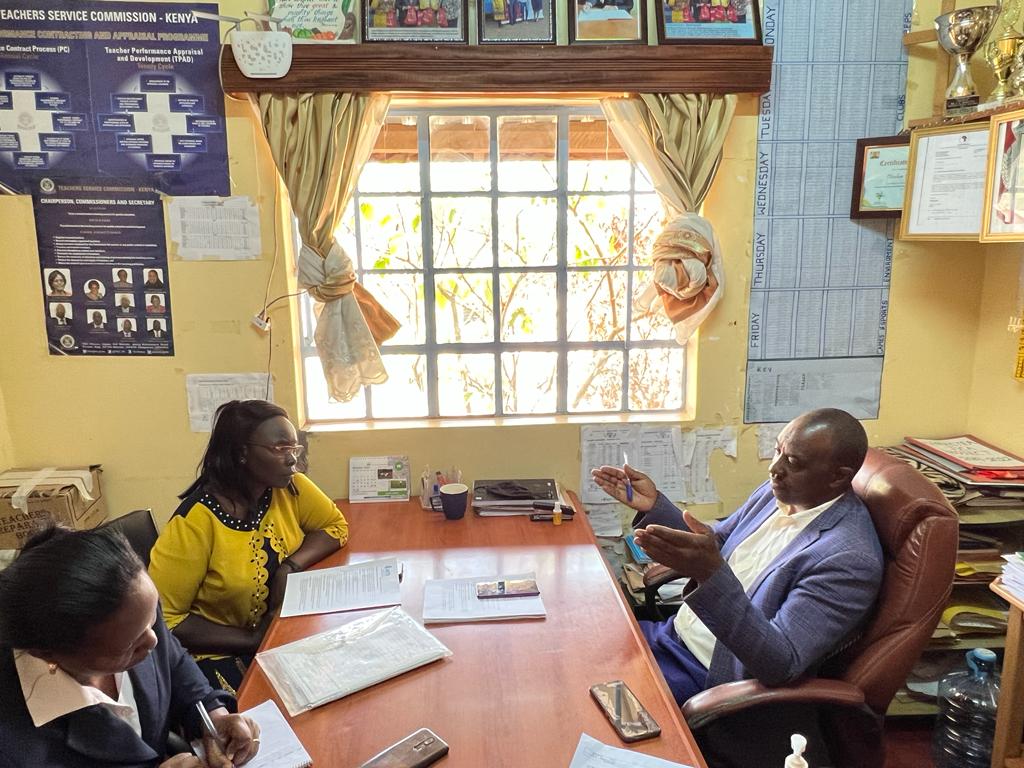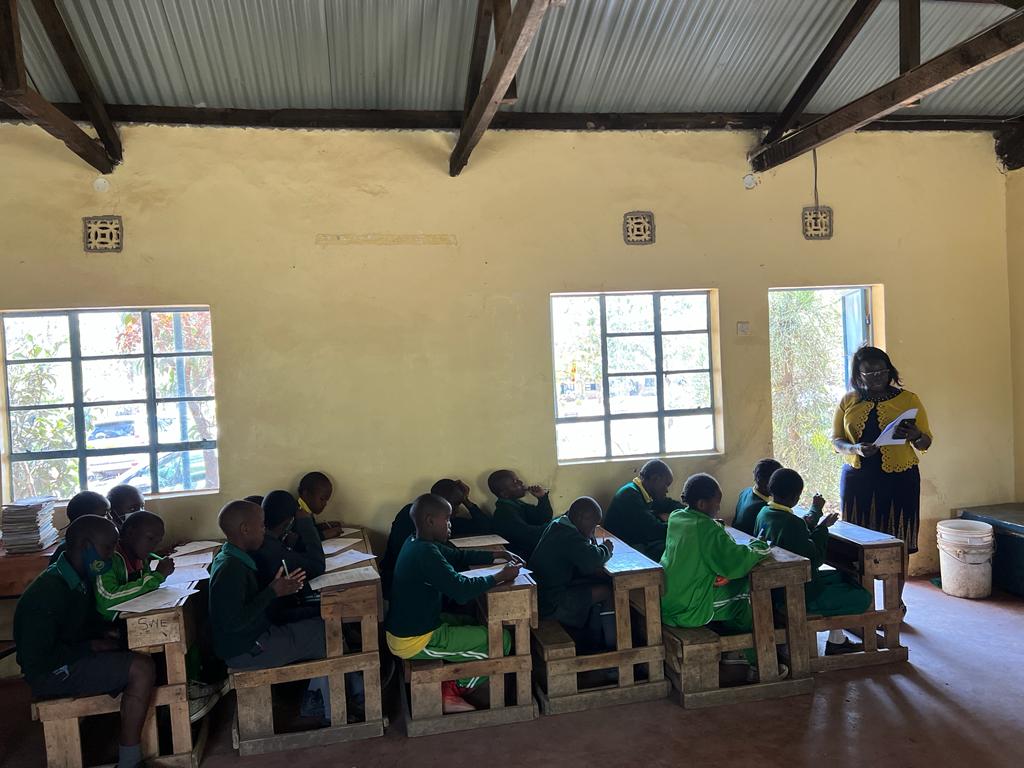By Sharon Nashipae – Communications & Community Coordinator
With the rapid shifts in how the world works, Dignitas has in the recent past amped up its efforts in reaching more teachers and spreading our impact even wider. We came up with LeadNow, an award-winning leap in transforming how we deliver our training and coaching solutions to deliver impact in the communities we work with. As we continually work to improve the platform to deliver value and enhance the user’s experience, our eyes are opening up to the enormous need to deliver coaching and professional development opportunities for teachers and school leaders who need them the most and exploring the opportunities to do so.
Education is one of the most powerful weapons one can use to survive in the current times. This reality hits hardest in the communities that are most left behind and it is no understatement to say that there are numerous challenges facing education in Kenya today.
In partnership with Kenya Education Management Institute (KEMI), the Teachers Service Commission (TSC) and the Directorate of Teacher Education at the Ministry of Education, Dignitas has purposed to explore the opportunity to deliver leadership coaching and training at scale. One of the first steps in the process is to conduct baseline studies. This involves identifying schools in different communities and with different coaching needs across a variety of locations. Once these schools have been located and mapped out, field visits are made to each school to further establish their specific gaps and needs in teaching practice, leadership and school culture. So far, baseline data has been collected from Kiambu, Murang’a, Kajiado and Nairobi counties.
One might wonder, what does such an activity look like?

One such school that we visited is Oloolua Primary School, in Ngong – Kajiado County, which also houses a special school that has a unit that caters to learners with special needs. The school also happens to be a model school for Education for Sustainable Development and this is evident from the well maintained grounds and indigenous trees that are planted around the school. The school gives a feel of a well-oiled machine with teachers and learners going about their day with a keen focus and resoluteness.
The school administration was welcoming, receptive and very supportive of the activities of the day, having been briefed of our visit well in advance. After a brief meeting with the school head on the best way to organize, we set about on the mission of the day, baseline data collection.
The data for the study was to be collected from sets of 16 Grade 3, 16 Grade 5 learners and 4 teachers, including one teacher from the special needs unit. For gender parity, from each grade, there was an equal number of boys and girls. There was also representation of teachers from lower grades as well as the upper grades.
The participants filled out survey forms giving direct and open responses. The questions were explained in clear, easy to understand language to ensure that the responses shared were as representative as possible. During such an exercise, it is important to create a safe, open and non-restrictive environment where the survey respondent does not feel threatened or that there may be any negative consequences to any of their responses. It takes quite some skill to get children comfortable to calk candidly about their experiences, particularly with strangers who they might not have encountered before.
The questions asked aimed to establish the learners’ home life, school experience and how the two may affect each other. They also sought to establish, among others, classroom culture, whether the children are learning and whether they are happy in school. The questioning techniques were creative and engaging and their key aim was to establish what kind of coaching support the school might need from the learners’ perspective.
The teacher interviews were equally engaging as they sought to establish professional development priorities on a deeper level because they will advise coaching design. For example, some questions pointed towards understanding the teacher’s experience with regards to school leadership relations and whether they receive opportunities for professional development. Other questions pointed towards evidence of learner engagement such as expectation setting, classroom culture and communication culture.

The final interview of the day was with the school head. This interview shed light on many key areas that set up a school for success. The school head is a resourceful figure who can give important information such as school practices, performance monitoring, institutional practices in support of teachers and professional development support. This interview also assesses the current coaching methods, if any, what tools are used and what gaps can be filled through the coaching at scale design.
It was exciting to listen to the teachers’ and the school head’s personal motivations and it quickly became evident that with the right kind of support, a teacher is one of the most pivotal players in influencing their young learners’ lives for the best possible outcomes.
In conclusion, exercises like this are crucial for gaining a deeper understanding of the coaching recipient and their environment in order to build a suitable and sustainable framework for capacity building for coaching at scale.

